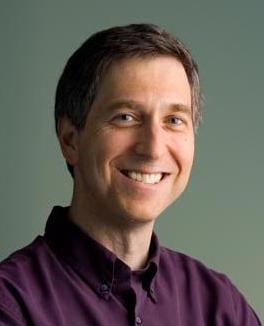Last week, we checked in with Cadence fellow Chris Rowen to get a perspective on some higher level trends in the evolution of electronic system design.
This week, the annual ISSCC conference is underway in San Francisco, where researchers from around the globe share insights into circuit- and system-design breakthroughs.
Perhaps not surprisingly, Stanford Prof. Mark Horowitz (right) offered a keynote to the massive crowd that echoed some of Rowen's insights. (I say "not surprisingly" because both Horowitz and Rowen share Stanford as a key connection).

Horowitz, talking in the context of wearable electronics and mobile systems, argued that the most expeditious way to get to those types of systems is to think more about specialized silicon and better algorithms.
"If you think about applications that don't access memory very much, you can see why specialization can help. Specialization is not so much about hardware, but you have to move algorithms to a much more restricted space."
He went on to say:
"If we want algorithm designers to play and create better computing devices, we have to minimize the cost to them to do exploration. We have to give them a much higher level development platform in which to play. We can take sets of hardware and build a strong environment so designers can write code."
In his presentation, Rowen described how we are entering the era of the "globalization of processors" in which applications find their way to the most appropriate processors and domain-specific languages take hold to ease design complexity and boost engineering productivity.
"Energy-efficient, complete solutions can be obtained only with optimal alignment across the pre- and post-silicon phases of energy optimization, supported by unified design flows, abstractions, and formats."
Rowen went on to say there are still plenty of intriguing questions.
Horowitz pointed out, perhaps reassuringly in this time of constant change:
"If technology is scaling more slowly, there's not going to be a killer microprocessor that outdoes you in two years when your product first comes out. The techniques that we need to do design are stabilizing, so let's codify those and make them easier to do."
More food for thought as our amazing electronics design world evolves to confront new challenges.
Brian Fuller
Related stories:
--“Globalization of Processors” Transforming Electronics Design—Cadence’s Rowen